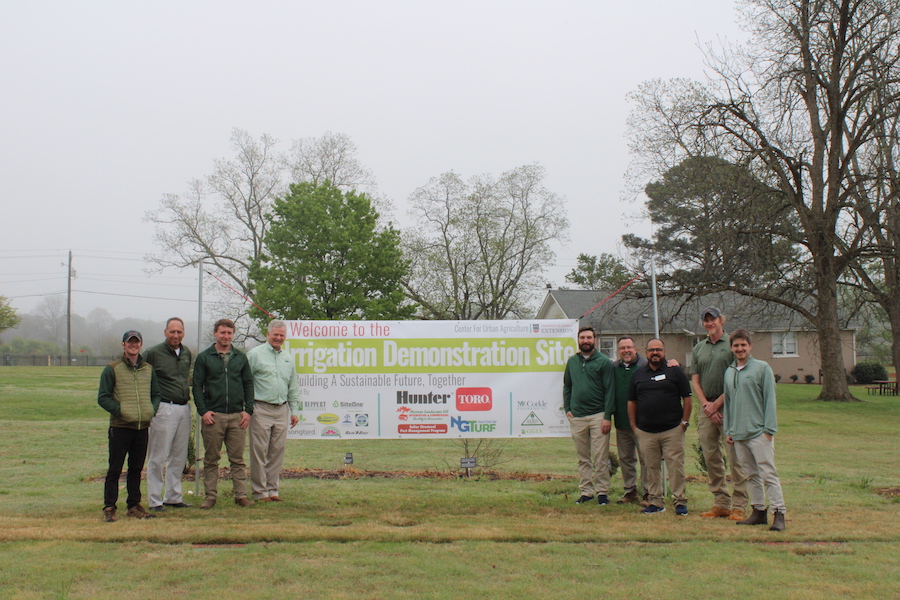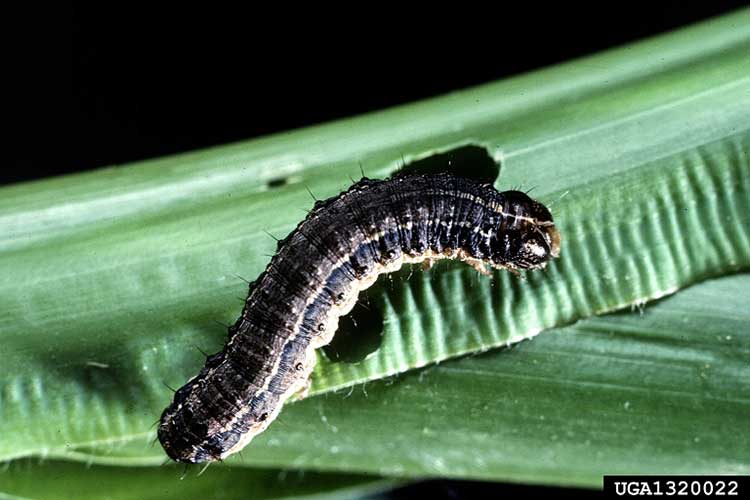A few homeowners have recently asked me about gray powdery stuff showing up in small areas of their lawns. This slime mold on turf looks like burnt wood ashes that have been scattered in small spots on a lawn.
Those of you lucky enough to get a few sporadic showers or who have irrigated lawns may notice these slimy areas. Hopefully, rain will arrive soon to relieve us of this extended drought. When it does, slime mold may pop up on more lawns.
It only looks harmful
Slime mold commonly occurs on all warm- and cool-season turfgrasses. It rarely damages a lawn. However, its sudden appearance on otherwise pristine lawns can cause homeowners a great deal of concern. Georgia’s humid, warm climate is favorable to slime mold, particularly during extended periods of rain.
The most noticeable sign of this disease is patches of the gray or black crust-like fruiting bodies of the slime mold on leaves. The individual fruiting bodies are about the size of the head of a pin and thousands of them are embedded in the crusty residue on the leaf surfaces.
In some cases, stalked, brightly colored fruiting bodies may form on leaf surfaces. These fruiting bodies are filled with dark brown to black powdery spores that are released when the sporangia disintegrates or is damaged. The affected turfgrass appears slimy or oily before the fruiting bodies form and become crust-like.
Just lasts a few days
In most cases, only one or just a handful of slimy patches are found scattered across a lawn, and they often appear in the same area of a lawn year after year. Typically, encrusted grass blades are not discolored or damaged by a slime mold. After a few days, the crust, or fruiting bodies, disintegrates. The slime mold usually disappears without a trace.
Mowing or light raking destroys the crusty fruiting bodies of slime molds. Washing the affected patches of turfgrass with a hard stream of water breaks up the slime mold and restores the lawn’s beauty. Since slime molds may be more common on heavily thatched or poorly drained portions of a lawn, renovation of the affected areas should reduce the incidence of disease.
Applying a fungicide isn’t necessary.







